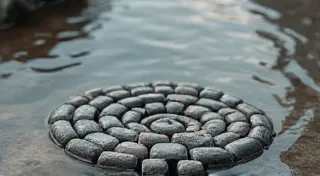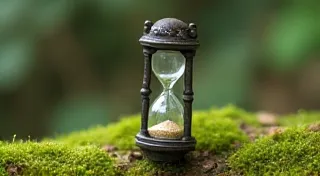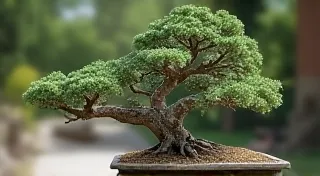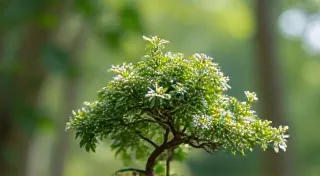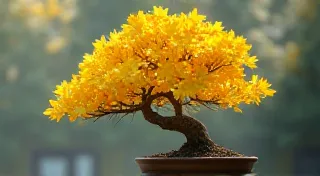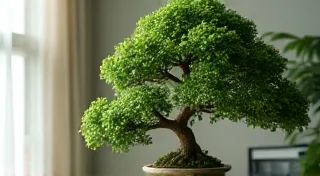Ginkgo Bonsai: A Living Fossil's Miniature Form
The Ginkgo Biloba, often referred to as a “living fossil,” is a truly remarkable tree. Surviving for over 270 million years, it’s witnessed dramatic shifts in Earth’s climate and geography. Bringing a Ginkgo bonsai into your garden offers a unique opportunity to appreciate this ancient lineage in a compact and manageable form. This guide delves into the specifics of Ginkgo bonsai care, covering everything from ideal soil conditions to showcasing its stunning fall foliage.
Understanding the Ginkgo Biloba
Before diving into bonsai care, it's vital to understand what makes the Ginkgo so special. It’s the only surviving species in the Ginkgophyta division, meaning it has no close living relatives. Its leaves, while resembling those of maples, possess a distinctive veining pattern and a unique aroma when bruised.

Bonsai Specifics: Planting & Soil
Ginkgos prefer a well-draining soil mix, essential for preventing root rot. A good starting point is a combination of Akadama, Pumice, and Lava Rock in roughly equal proportions. The percentage can be adjusted based on your local climate and watering habits. Ensure the pot has adequate drainage holes.
Watering & Fertilizing
Watering is critical. Ginkgos appreciate consistent moisture but hate sitting in soggy soil. Check the soil daily; when the top inch or two feels dry, it's time to water thoroughly. During the growing season (spring and summer), fertilize regularly with a balanced bonsai fertilizer, following the product’s instructions. Reduce or cease fertilizing during the dormant season (fall and winter).
Pruning & Shaping
Ginkgo bonsai often exhibit vigorous growth. Regular pruning is essential to maintain the desired shape and size. Pinching new growth helps control apical dominance, encouraging branching. Wiring can be used to bend branches into specific positions. Be aware that ginkgo trees tend to back-bud readily, meaning new branches sprout near pruning cuts – a characteristic that can be used to your advantage in shaping the bonsai.

Fall Color & Dormancy
One of the most captivating aspects of the Ginkgo bonsai is its vibrant fall color. As temperatures cool in autumn, the leaves transform into a brilliant spectrum of yellows and golds. This is often a more intense display than many other deciduous trees. Ginkgos are relatively hardy and can tolerate cold winters, entering a period of dormancy. Protect young trees from harsh frost if necessary.
Common Challenges
While generally resilient, Ginkgo bonsai can face a few challenges. Spider mites can occasionally be a problem; regular inspection and appropriate treatment can address infestations. Root rot is also a concern if soil drainage is poor. Watch for signs of yellowing leaves and stunted growth, which may indicate a nutrient deficiency. Ensure good airflow around the tree to prevent fungal diseases.

Conclusion: A Living Piece of History
Cultivating a Ginkgo bonsai is a rewarding experience, connecting you to a lineage spanning millennia. With proper care and attention, your Ginkgo bonsai will thrive, offering a living testament to the enduring power and beauty of this extraordinary tree. Its unique history and stunning appearance make it a truly special addition to any bonsai collection.
